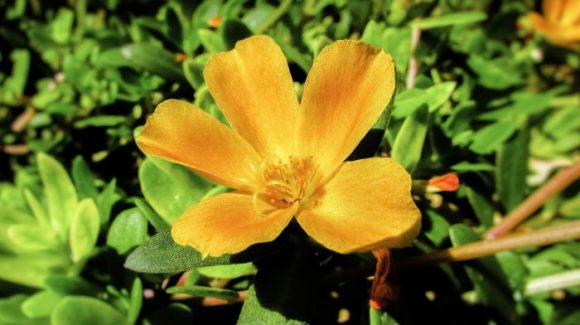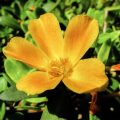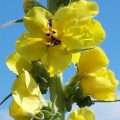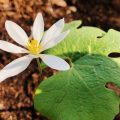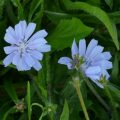- The Miraculous Shiny Bush Plant - January 18, 2021
- Colorful, Edible and Medicinal Celosia - January 10, 2021
- Radish, a Nutritional Power House - December 19, 2020
Portulaca oleracea or purslane is a succulent annual herb growing 10-30 cm tall. It thrives in warm, sandy soils and is considered a weed in most regions due to its invasive growth patterns. The plant has red-brown stems and wedge-shaped leaves. It blooms in summer featuring yellow flowers containing 4-6 petals which give way to black, rough seeds. Though purslane is also known as little hogweed, it should never be mistaken with the giant hogweed (Heracleum mantegazzianum).
[Note: The Right Flowers is not a medical site. Knowledge of and information about the therapeutic benefits and applications of flowers, while known through the ages, does not constitute medical advice. If you are having health issues, you should consult with a physician.]
The health benefits of purslane were discovered and exploited more than 2,000 years ago. Ancient Romans used pursalne to treat dysentery, stomachache, intestinal worms, and headache. Pedanius Dioscorides, the 1st-century Greek physician recommended consuming purslane to treat headaches, indigestion, toothache, and inflammation.
Dioscorides stated that the plant’s juices were effective for managing high fever and had the potential for treating urinary tract problems as well as internal bleeding.
In China, the herb was commonly referred to as the “vegetable for long life.” Its flowers and leaves were dried and used for diarrhea, eczema, fever, and hematochezia. In addition, Traditional Chinese Medicine (TCM) has always used the herb for treating urolithiasis, vascular endothelial dysfunction, and diabetes.
Basically, purslane is a great source of omega-3 fatty acids and high in minerals and vitamins. It also possesses antioxidants including beta carotene, ascorbic acid, glutathione, and topopherol. The plant is also known to contain alkaloids, lipids, and glycosides.
Improves cardiovascular health
Studies have shown that the high levels of omega-3 fatty acids in this herb are ideal for reducing bad cholesterol in the body. This helps in promoting healthier cholesterol balance and keeps cardiovascular complications such as strokes and heart attacks at bay.
Helps in child growth and development
Purslane is rich in omega-3s. Though there is a need for more research into this field, early studies indicate that omega-3 fatty acids in the diet of young kids seem to reduce the risk of developmental disorders such as ADHD and autism.
Skin care
Purslane is known to assist in treating a wide variety of skin conditions. A study published in 2004 showed that purslane leaves have high levels of vitamin A. The vitamin, when combined with other compounds in this herb, helps in reducing inflammation when applied topically. When taken orally, it is thought to help in reducing wrinkles, enhance skin tone and stimulate the healing of skin cells which removes blemishes and scars.
While purslane is often ignored and considered a weed, harnessing its medicinal properties can be highly beneficial to your health.
